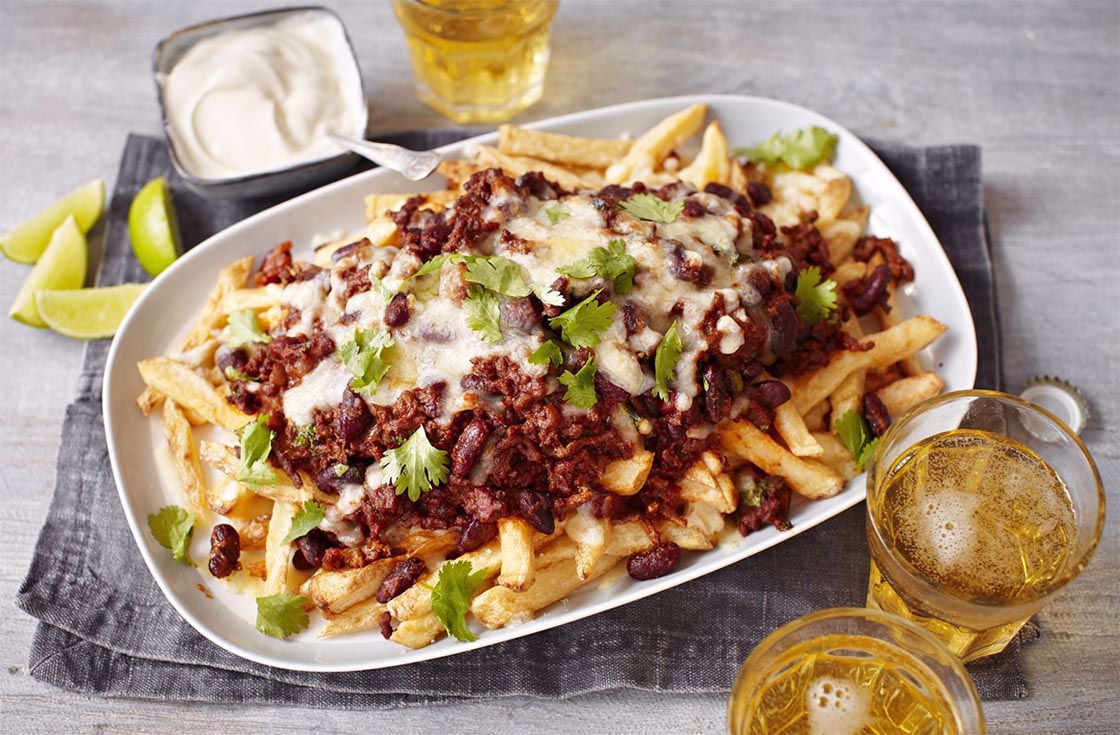A couple of years ago I had to start restricting my intake of saturated and trans-fats for health reasons, and I wondered how it would impact my international adventure travel plans. I've definitely made some adjustments but it really hasn't been that difficult.
Two caveats: Personally I don't worry about overall fat intake, it's only saturated and trans fats that I try to minimize. And while I am often a vegetarian at home because low saturated fat diets and vegetarian diets are very easy to combine, I am not a commited vegetarian.
When I travel internationally, I feel like a guest in that country. Like any guest, I am not going to have the same control over my food that I do at home. And I do not want to quiz my host closely about what exactly is in each dish. I also want to try local dishes because I think cuisine is an important part of culture. Nonetheless I do not want to go home with my cholesterol 100 points higher. So here's what I do:
- Airlines still feed you on international flights and they still offer "special meals" if you order them ahead of time. Don't just order a vegetarian meal, because most likely it will be cheese-based. I had a delicious Asian Vegetarian meal on my last trip. Special meals also have the advantge of being delivered before the rest of the cabin is served, so they're still hot.
- Bring "natural" peanut butter with you. Even if you can find peanut butter in a local grocery store, it will be U.S.-made hydrogenated peanut butter that is high in trans fats. As long as you have your own stash to put on whatever the local breadstuff is, you are well fed.
- If you have a vegetarian and a non-vegetarian option, make sure you know what the specific meals are. The non-vegetarian option is often lower in saturated fat than the vegetarian option.
- Find other people in the group who like swapping bites or sharing desserts. I'm not going to order cheese fondue when I'm in Switzerland, but I'll hope that the person who does is interested in trying a bite of my fish. And while some people prefer to focus on one dessert that they don't share, others prefer to have one bite of four different desserts. You'll find me in that latter group.
- Do 5 minutes of internet research to get an idea of what low fat local cuisine might be available. For example, I googled "low saturated fat Italian food" and found a recipe site that listed over 800 recipes for foods meeting both criteria, which reminded me that minnestrone soup is a great option. There were also other general reminders that the food in Italy is usually much healthier than the Italian food we eat in U.S. restaurants. Since I enjoy cheese, I also want to know if there are local cheeses I might never have heard of that are lower in saturated fat.
The whole point of travel is to try new things, open yourself to new experiences, learn about new cultures. You don't have to completely ignore how you "should" eat, but with a little advanced thought and preparation it doesn't need to be a distraction or an obtacle to enjoying just being there.
8/12 Update: Just to be clear, I am not suggesting people need to give up being vegetarian or any way of eating that is based on health or values. But I do think you need to be flexible in what you eat and come prepared to supplement what is available. I bring peanut butter; vegetarians might choose protein bars and gluten-free folks could being gluten free snacks.



